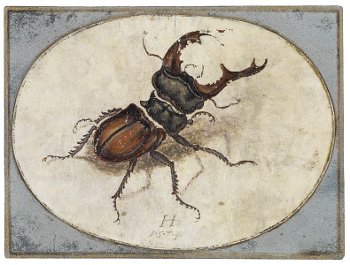
At 6:03 on the morning of Aug. 16, 1942, U.S. Navy blimp L-8 ascended from Treasure Island in San Francisco Bay to conduct an anti-submarine patrol along the coast of California. Aboard were pilot Ernest Cody and ensign Charles Adams. The flight proceeded uneventfully until 7:42, when Cody reported that they’d spotted an oil slick and were going to investigate.
At 11:15, caddies at a seaside golf club saw the airship float in from the sea, its motors silent. Descending, it struck some telephone lines and the roofs of several homes before coming to rest in Daly City. The first person to reach the downed ship, volunteer fireman William Morris, was surprised at what he found: “The doors were open and nobody was in the cabin.”
There was no trace of Cody or Adams. Though most of the fuel had been dumped, the parachutes and life raft were stored appropriately, and the radio was in working order. Only the crew were missing.
After a search, the Navy declared itself certain that “the men were NOT in the ship at any time it traveled over land.” Two fishing vessels near the oil slick testified that they’d seen the blimp descend to investigate, but nothing had fallen or dropped from it.
That’s all. A Coast Guard search found nothing. Cody and Adams were both declared missing, then pronounced dead a year later. No one knows what became of them.



